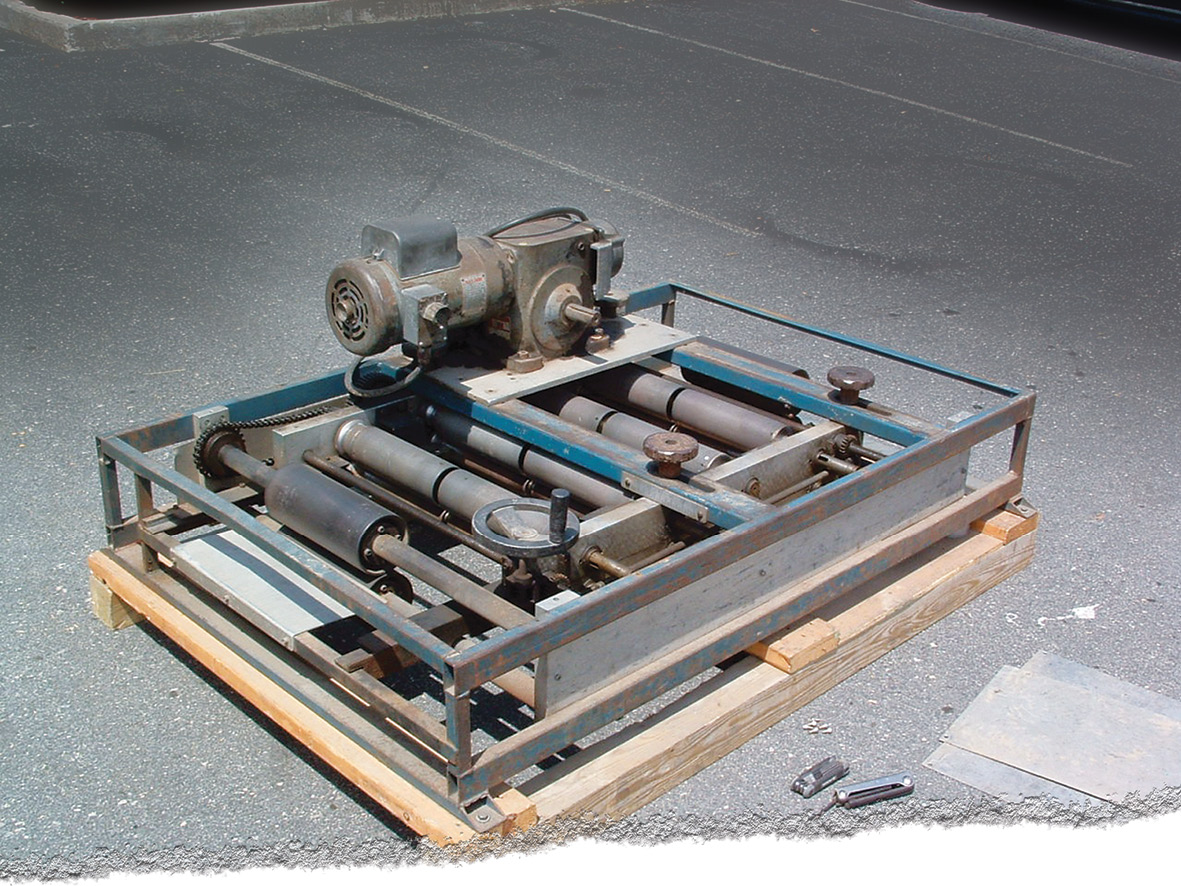The Evolution of Metal Forming
History of Roll Forming Machines: The Evolution of Metal Forming
Roll forming machines have an important place in modern production processes by transforming metal sheets into desired profiles in a continuous process. The origins of these machines can be traced back to the first steps in metalworking.
Beginnings and Development:
- Ancient Applications: Although metalworking is as old as human history, roll-form-like processes were mostly performed with hand tools and simple mechanical mechanisms. For example, while blacksmiths were shaping metals using hammers and anvils, they were also able to create repetitive shapes with the help of some simple molds.
- Industrial Revolution and First Machines: With the Industrial Revolution in the 18th and 19th centuries, production processes accelerated and began to become mechanical. During this period, simple metal forming machines began to appear. However, these machines were more special-purpose and limited capacity.
- Early 20th Century: The Birth of Modern Machines: In the early 20th century, advances in metallurgical and mechanical engineering enabled roll-forming machines to become more complex and efficient. Especially with the growth of the automotive industry, the need for high-volume and precise metal profile production has increased. This led to a rapid development of roll forming technology.
- Automation and CNC Technologies: In the second half of the 20th century, roll forming machines became even more advanced and flexible with the development of automation and computer numerical control (CNC) technologies. In this way, complex profile designs can be produced faster and more accurately.
- Today: Versatile and Precision Machines: Today, roll forming machines are high-precision and automated systems that can convert a wide variety of metal sheets into different profiles. These machines are widely used in construction, automotive, home appliances, and many other industries.
Key Points in the Evolution of Roll Forming Machines:
- Material Technologies: The use of different steel alloys, aluminum, and other metals allowed a wider range of roll-forming processes to be applied.
- Machine Design: The development of more powerful and precise machines allowed for the production of more complex profiles.
- Automation: Thanks to CNC technologies, production processes have been automated, reducing the error rate and increasing production speeds.
- Simulation Technologies: Computer-aided simulations have been used to optimize machine design and improve production processes.
Result:
Roll forming machines have continuously evolved with advances in metalworking technologies. These machines play an important role in the production of various metal profiles that are used in many industries today. In the future, it is expected that roll forming technologies will further develop with the use of lighter, stronger and more environmentally friendly materials.
